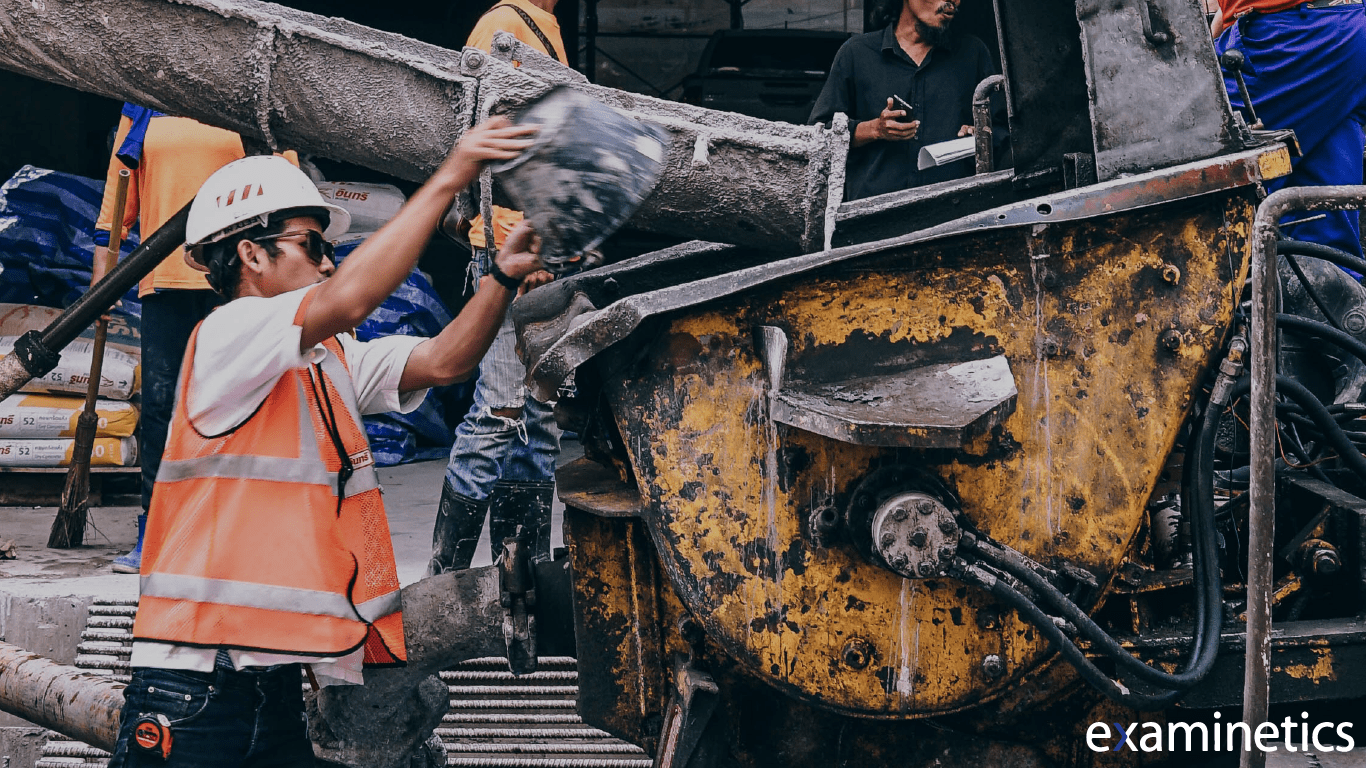It was in the 19th century when asbestos first came into existence. Known as “magical mineral,” asbestos was used extensively to line tanks in oil refineries and to insulate pipes and boilers. Over the years, however, the versatile and expedient asbestos has been found as highly dangerous material which causes sickness and death.
What’s asbestos?
Asbestos is a collection of naturally occurring fibrous mineral known for its flexibility, strength and fire-resistant qualities. The minerals composing asbestos are found in commercial products like insulation and fireproofing materials, automotive brakes and cement.
Highly fragile, asbestos particles flake apart until microscopic where they enter the body through inhalation or swallowing. The result? A condition called asbestosis forms in the lungs, causing scar tissue which makes it difficult for oxygen to enter into the bloodstream. Unfortunately, the symptoms may take years to notice.
The more asbestos enters the body, the more susceptible you are to severe health issues such as lung cancer, gastrointestinal cancer and mesothelioma (cancer of the chest lining and abdominal cavity).
So, what do you do?
Because of its risky nature, asbestos is strictly regulated. As such, it is vital all employees working around asbestos implement asbestos exposure testing and acquaint themselves with the Asbestos Standard (outlined in OSHA 3096).
The Asbestos Standard—a thorough and comprehensive document—in short, calls for strict exposure limits, requirements for asbestos exposure testing, administering an asbestos medical surveillance program, record-keeping, hazard communication, and training.
At Examinetics, we offer a complete respiratory conservation program consisting of training, online medical clearances, respirator fit testing, and cloud-based data management for companies with employees around asbestos and other hazardous airborne particles. Our fit testing covers a broad range of masks including:
· Dust masks
· Half-faced masks
· Full-faced masks
· Supplied air respirators
· Self-Contained Breathing Apparatus (SCBA).
For more information about our respirator fit testing services, click here.
Instead, test your employees, implement a plan, and beat asbestos.
Essential links
· OSHA Health and Safety Topic: Asbestos
OSHA Health and Safety Topic: Asbestos
· US EPA: Asbestos
US Environmental Protection Agency asbestos page
· National Institute for Occupational Safety and Health
NIOSH topic of asbestos
· American Lung Association – asbestos
About Asbestos. 2006.
· Business Owner Briefing
Self Inspection Checklist – Text Version
· Five Interesting Facts about asbestos
Michael Jefferies – Injury Lawyers
· Asbestos Facts
Asbestos Nation
—
This is business-to-business information intended for EHS (environmental health and safety) professionals and not intended for the final consumer. Companies should check the local regulatory status of any claim according to their individual needs, requirements and intended use.
